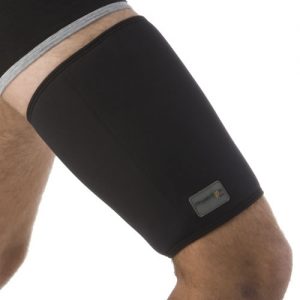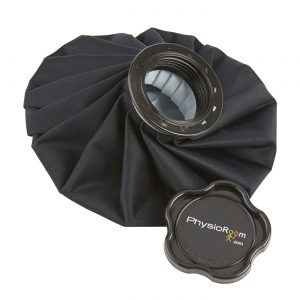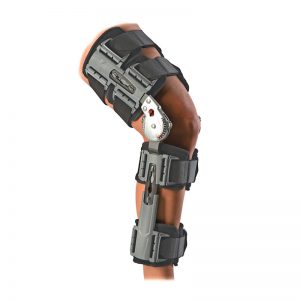With World Cup fever at it’s height, PhysioRoom thought it was a good time to remind you of some of the most common injuries that have been, or might be sustained by the players out in Russia.
Getting injured during such a vital time can be heartbreaking, just ask James Rodriguez how he felt watching England knock his team out from the bench thanks to a calf injury.
That’s why we’re giving you some helpful hints and tips, so you can avoid the same, not QUITE as a big granted, heartbreak.
Let’s get in to it…
Hamstring Strain
What is it?
According to our research, the hamstring strain is the most common injury of them all.
When you sprint during a game, the hamstring muscles can be forcibly stretched beyond their limits and the muscle can be torn.
A tear in the muscle is referred to as a strain, depending on its severity, being classified as a first, second or third-degree strain.
Treatment
The immediate treatment of any muscle injury consists of the usual rest, ice compression and elevation.
Depending on the severity of the injury, the leg may need to be rested from sporting activity for between a couple of weeks and three months.
In the meantime, you may find the below product useful during your recovery.

- This Neoprene Thigh Support is made from neoprene to wick away moisture leaving the wearer more comfortable during exercise.
- A soothing heat is retained which helps to ease pain and tightness. Meanwhile, compression supplied to the thigh and hamstring by the Neoprene Thigh Support works to reduce any swelling to the area.
- The combination of these benefits means a faster healing time, and protection against the common injuries suffered by runners and active sports players, like footballers.
For further information about hamstring injuries check out our in-depth page.
Sprained Ankle
What is it?
Another common offender in terms of football injuries, a sprained ankle refers to soft tissue damage (mainly ligaments) around the ankle, usually caused when the ankle is twisted inwards.
As well as damage to the ligaments, the capsule which surrounds the ankle joint can also be damaged. The damage causes bleeding within the tissues, which produces the swelling and pain.
Treatment
In the first few days following an ankle sprain it is important to follow the PRICE protocol: Protection, Rest, Ice, Compression and Elevation (never apply ice directly to the skin).
A safe way of applying an ice pack is the PhysioRoom Ice Bag, which you can see below.

- The Ice Bag is a handy injury aid that is small enough to fit into any gym bag or first aid kit. Ideal for on-site injuries and direct response, the ice bag allows the user to treat acute or chronic pain and assists in the reduction of pain and swelling during the early stages of injury.
- The Ice Bag is directly filled with either ice cubes, crushed ice or ice water and applied directly onto the wound to reduce pain and swelling. The fabric bag is reusable and moulds to the skin allowing it to be used on most body parts including; the shoulder, elbow, hip, lower back, thigh, knee, calf and ankle.
For further information about sprained ankles check out our in-depth page.
ACL
What is it?
While it’s not one of the most common football injuries generally, in terms of ‘serious’ injury it’s very much up there.
The Anterior Cruciate Ligament (ACL) lies deep within the knee joint, connecting the thigh bone with the shin bone.
Its function is to prevent excessive forward movement of the shin in relation to the thigh and to prevent excessive rotation at the knee joint.
The ACL can be injured several different ways while playing football, most notably by landing from a jump onto a bent knee then twisting, or landing on a knee that is over-extended.
ACL damage can also occur via direct contact with the knee.
Treatment
All ACL injuries require the opinion of an orthopaedic consultant.
During the immediate aftermath of an ACL injury the PRICE treatment protocol is most effective. This is an acronym for Protection, Rest, Ice, Compression and Elevation.
To help minimise risk or re-injury and to stay supported during your rehab period, take a look at the knee brace below.

- The Donjoy X-ACT Post Op Knee Brace is the lightest post-surgery brace currently manufactured by Donjoy and takes comfort, fit and functionality to the next level.
- The support features a number of innovative design characteristics to ensure the X-Act ROM Knee is the product of choice when considering an appropriate support for recovery from an ACL injury.
- It can accommodate a variety of patient shapes and sizes due to its unique versatility, creating a tailored personalised fit. With fixed or precise range-of-motion settings, it will extend from -10 to 90 degrees, while the flexion setting will allow movements of -10 to 120 degrees, providing the perfect user friendly rehabilitation.
For further information about ACL injuries check out our in-depth page.


